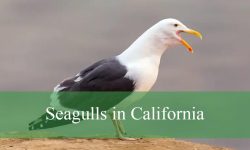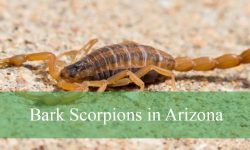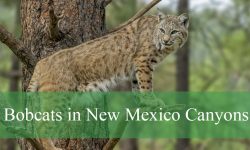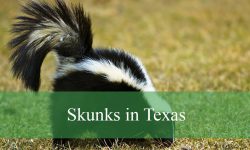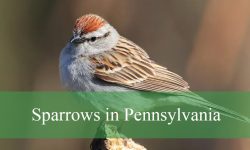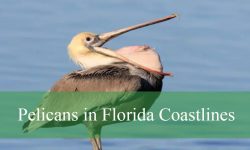Connecticut is home to a stunning variety of blue bird species that brighten its forests, fields, and waterways throughout the year. From the iconic Eastern Bluebird to the soaring Great Blue Heron, these birds captivate bird watchers with their vibrant plumage and unique behaviors.
This guide explores 13 of the most common blue birds found across Connecticut. Learn how to identify each species by their colors, size, calls, and habits, along with where and when to spot them in the wild. Bird lovers and nature enthusiasts alike will enjoy discovering these beautiful feathered gems and enhancing their birdwatching adventures in the Constitution State.
Types of Blue Birds in Connecticut
Eastern Bluebird (Sialia sialis)
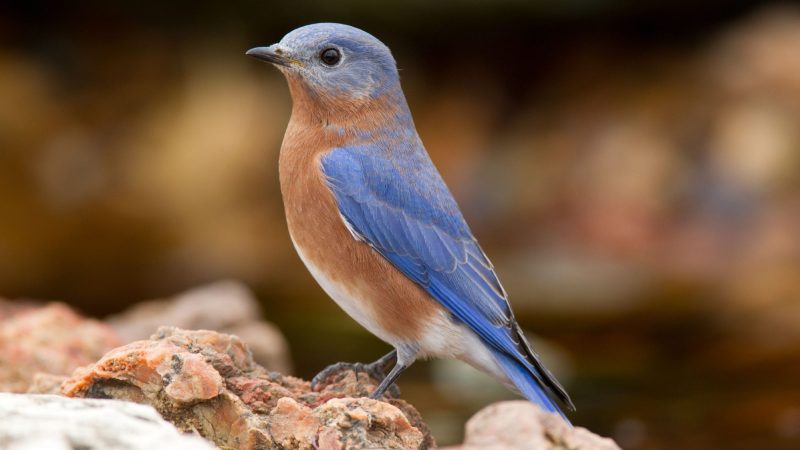
The Eastern Bluebird is a small thrush measuring about 6.5 to 7 inches in length with a wingspan of roughly 10 to 12 inches. Males are striking with bright blue upperparts and rusty-orange breasts, while females have more subdued blue-gray coloring and paler orange underparts. This species is one of the most beloved blue birds in Connecticut and is easily recognized by its vivid coloration and round, plump shape.
In Connecticut, Eastern Bluebirds favor open habitats such as meadows, farmlands, and suburban gardens where nest boxes are commonly used to support their populations. They are cavity nesters and readily occupy nest boxes, making them a favorite among bird watchers and backyard enthusiasts. Their behavior includes frequent perching on fence posts or wires as they scan the ground for insects.
Their diet consists mainly of insects like beetles, grasshoppers, and caterpillars during warmer months, switching to berries and fruits in the fall and winter. Their song is a soft, melodic warble often described as “cheer, cheerful, charmer,” which adds a delightful presence to Connecticut’s spring and summer landscapes.
Blue Jay (Cyanocitta cristata)
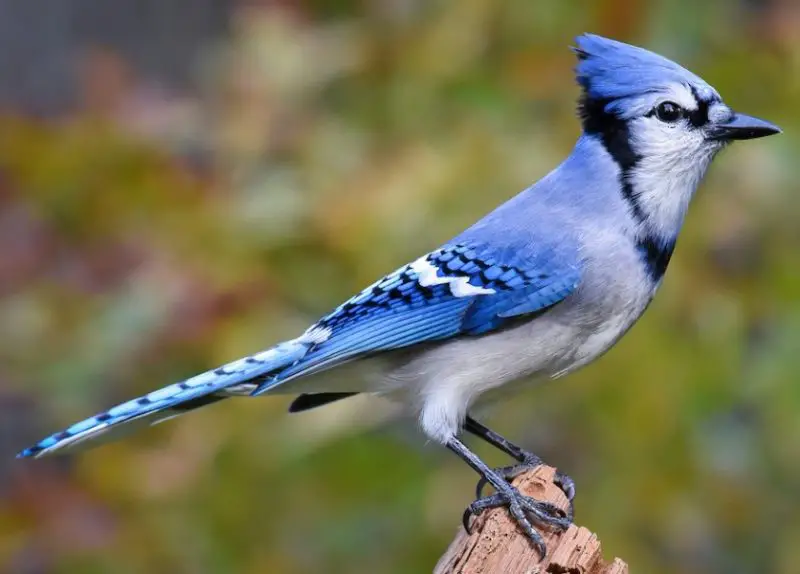
The Blue Jay is a medium-sized songbird measuring about 9 to 12 inches long with a wingspan between 13 and 17 inches. It is easily identified by its vibrant blue plumage, white chest, and distinctive black “necklace” across its throat and chest. The prominent crest on its head and loud, varied calls make it a familiar and unmistakable presence in Connecticut’s forests and suburban areas.
Blue Jays are highly intelligent and social birds that exhibit a range of behaviors, including mimicking hawk calls to deter other birds. They are often seen foraging on the ground or in trees, collecting acorns and nuts which they sometimes cache for later use. Their loud and raucous calls include a variety of whistles, clicks, and squawks, contributing to their noisy reputation.
This species inhabits mixed woodlands, parks, and residential neighborhoods throughout Connecticut year-round. Their omnivorous diet includes insects, seeds, nuts, berries, and occasionally small vertebrates. Their adaptability to human environments and bold nature often bring them close to bird feeders.
Tree Swallow (Tachycineta bicolor)
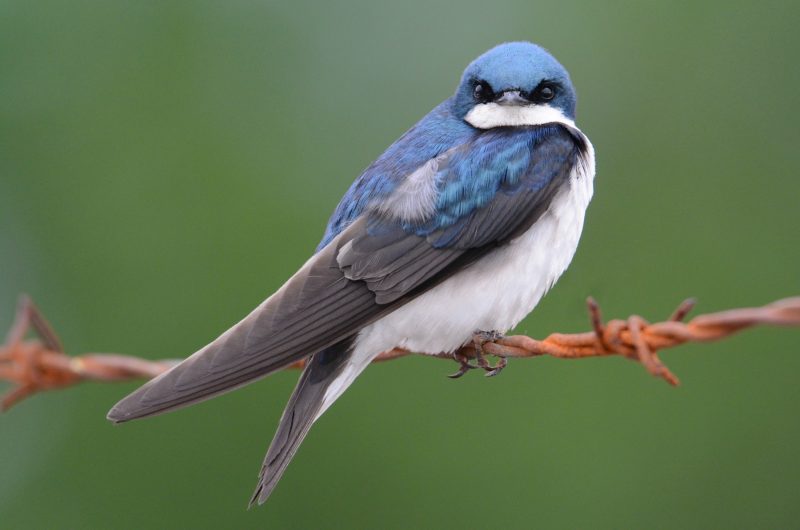
The Tree Swallow is a small migratory bird measuring approximately 5 to 6 inches in length with a wingspan of about 11 to 13 inches. It is characterized by its iridescent blue-green upperparts and clean white underparts, creating a striking contrast that makes it easy to identify in flight. This swallow is agile and swift, expertly catching insects on the wing.
In Connecticut, Tree Swallows arrive in early spring and inhabit open fields, wetlands, and lakeshores where suitable nesting cavities or boxes are available. They are cavity nesters, often using abandoned woodpecker holes or artificial nest boxes. Their presence is welcomed by gardeners as they feed voraciously on flying insects, helping control pest populations.
Their vocalizations include soft, bubbly chatters and twittering calls. Tree Swallows feed mainly on flying insects such as mosquitoes, gnats, and flies, catching them in midair during flight. They are a familiar sight during the breeding season in Connecticut’s open landscapes, usually seen swooping low over water or fields.
Barn Swallow (Hirundo rustica)
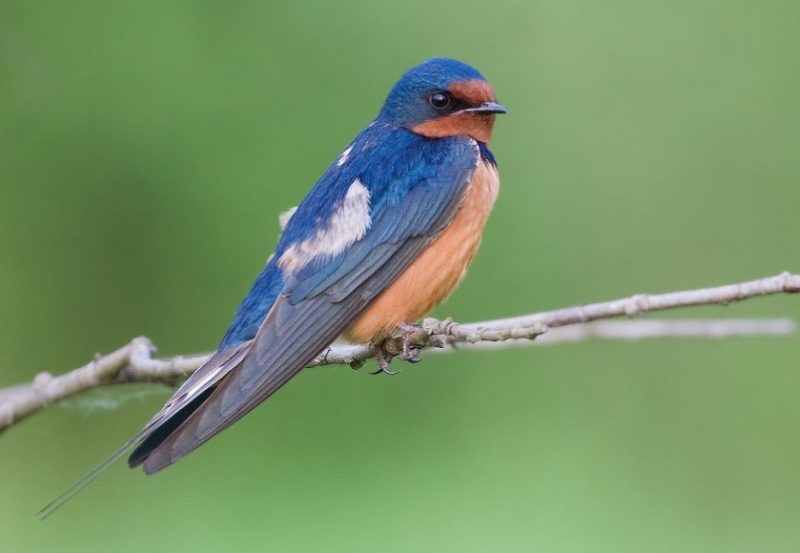
Barn Swallows are slender, graceful birds measuring about 7 to 8 inches long with a wingspan of 12 to 14 inches. They have iridescent blue upperparts, a rufous-colored throat and forehead, and a creamy underbelly. Their long, deeply forked tail is one of their most distinctive features, making them easily recognizable even from a distance.
In Connecticut, Barn Swallows commonly nest in man-made structures such as barns, bridges, and eaves of buildings. They are highly social birds often seen in flocks, especially during migration. Their acrobatic flight patterns involve quick, agile turns and dives as they catch flying insects.
Their vocalizations include a series of cheerful, twittering calls often described as a rapid “twit-twit-twit.” Barn Swallows feed mainly on flying insects such as flies, beetles, and moths, making them valuable for natural pest control. They are typically present from spring through early fall during their breeding and migration periods.
Indigo Bunting (Passerina cyanea)
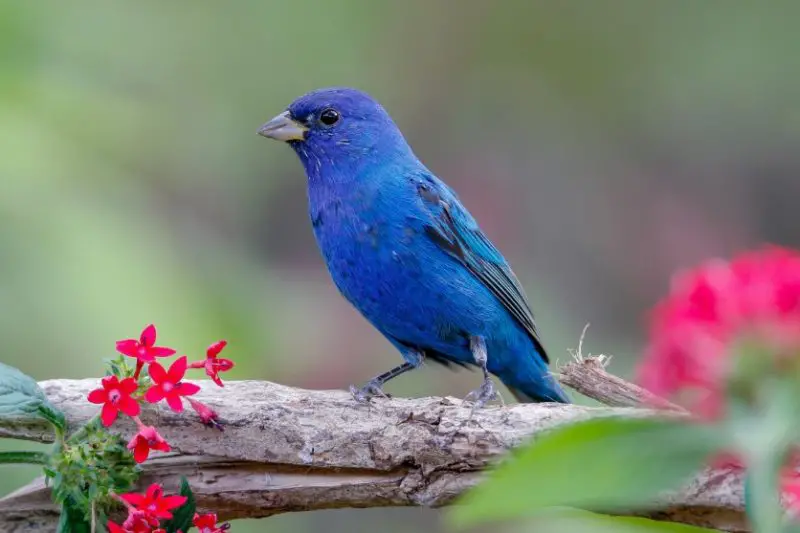
The Indigo Bunting is a small songbird about 4.5 to 5 inches long with a wingspan around 8 to 9 inches. Adult males boast vibrant, deep blue plumage all over, while females and juveniles are mostly brown with subtle blue tinges. This striking blue coloration makes the male Indigo Bunting stand out vividly against Connecticut’s green summer landscapes.
Indigo Buntings favor brushy edges, open woodlands, and overgrown fields in Connecticut, where they build cup-shaped nests in dense shrubs or low trees. They are territorial during the breeding season and can often be seen singing from prominent perches. Their song is a sweet, high-pitched warble consisting of a series of rapid notes.
Their diet consists mainly of seeds, berries, and insects, which they forage for on the ground or in foliage. Indigo Buntings migrate through Connecticut in spring and fall, with many staying through the breeding season before heading south for the winter.
Blue-gray Gnatcatcher (Polioptila caerulea)
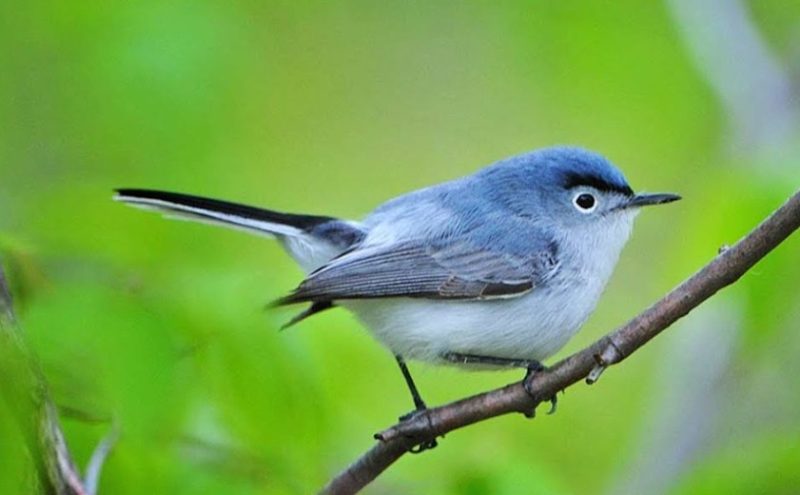
The Blue-gray Gnatcatcher is a small, active songbird measuring about 4.3 to 5 inches in length with a wingspan of approximately 7 to 8 inches. Its plumage is soft blue-gray on the upperparts with a white underbelly, complemented by a long, slender tail edged in white. This tiny bird is known for its rapid, darting movements as it flits through foliage in search of insects.
In Connecticut, Blue-gray Gnatcatchers inhabit deciduous forests, woodland edges, and shrubby areas during the breeding season. They are commonly found in gardens and parks as well, where dense shrubs provide suitable nesting sites. They build small, cup-shaped nests often placed on tree branches or shrubs.
Their diet consists almost exclusively of small insects and spiders, which they glean from leaves and branches. Their vocalizations include a series of high-pitched, buzzy notes and soft calls. The Blue-gray Gnatcatcher’s energetic behavior and delicate appearance make it a favorite among bird watchers in Connecticut.
Black-throated Blue Warbler (Setophaga caerulescens)
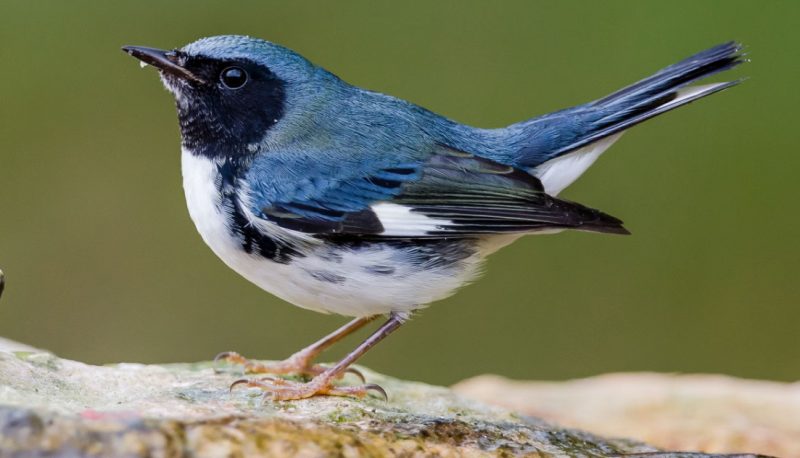
The Black-throated Blue Warbler is a small songbird roughly 4.3 to 5 inches long with a wingspan of about 7 to 8 inches. Males have striking dark blue upperparts, a black throat and chest, and white underparts, while females are olive-green with pale yellow underparts. This bold contrast in male plumage makes them easily identifiable during their presence in Connecticut.
These warblers prefer mature deciduous forests and mixed woodlands, often favoring shaded understory areas with dense shrubs. They are migratory birds that arrive in Connecticut during the spring to breed and depart in early fall. Their shy and secretive nature means they are often heard more than seen.
Their song is a distinctive, buzzy “zur-zee, zur-zee, zur-zee” repeated in a rapid sequence. Black-throated Blue Warblers feed primarily on insects and spiders, gleaning from foliage and bark. They contribute to insect control in forest ecosystems and are an important part of Connecticut’s migratory bird population.
Purple Martin (Progne subis)
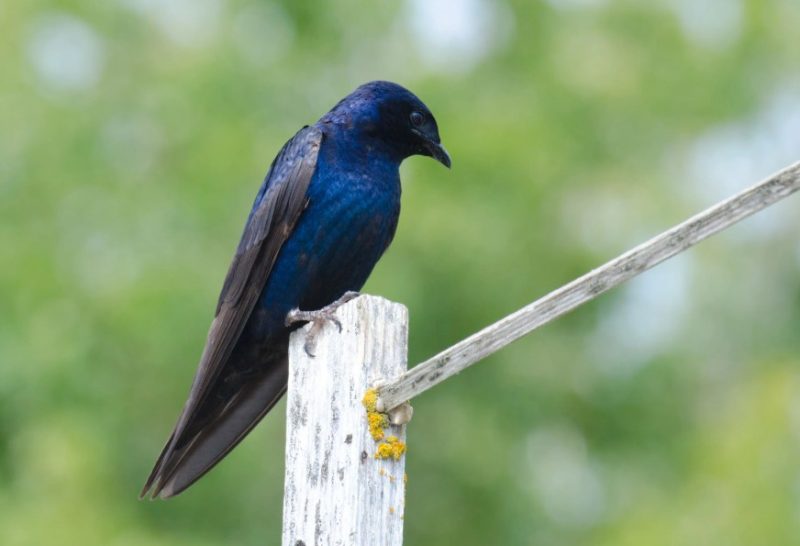
Purple Martins are the largest North American swallows, measuring about 7 to 8 inches in length with a wingspan of 13 to 16 inches. Adult males are glossy dark purple-blue, appearing almost black in certain lights, while females and juveniles have duller grayish-blue backs and paler underparts. Their robust size and iridescent plumage make them striking aerial acrobats.
In Connecticut, Purple Martins nest almost exclusively in man-made birdhouses or martin houses, often clustered in colonies near open water or open fields. They are highly social and colonial breeders, frequently gathering in large flocks outside of the breeding season. Their impressive aerial maneuvers include fast, twisting flights as they catch insects mid-air.
Their calls are a series of gurgling, chirping notes often given in flight or at the colony site. Purple Martins feed primarily on flying insects such as dragonflies, beetles, and mosquitoes. Their reliance on artificial housing makes them dependent on human conservation efforts, but they remain a favorite among local birders.
Belted Kingfisher (Megaceryle alcyon)
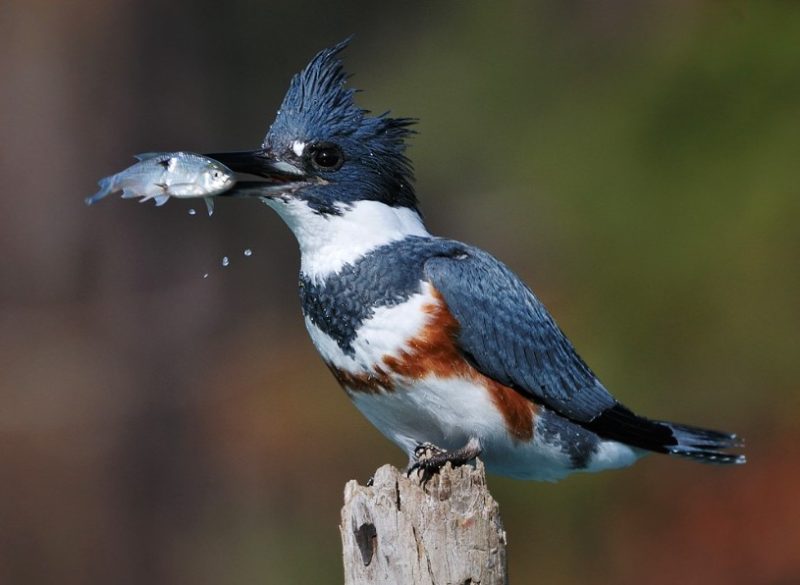
The Belted Kingfisher is a medium-sized bird measuring about 11 to 14 inches long with a wingspan of 19 to 24 inches. It has a distinctive shaggy crest on its head, a blue-gray body, and a white collar across its neck. Females can be identified by an additional rusty band across the chest. Their robust bill and stocky body give them a unique silhouette.
This species is commonly found near lakes, rivers, and coastal areas throughout Connecticut. Belted Kingfishers perch conspicuously on branches or wires near water, diving headfirst to catch fish with their sharp bills. They nest in burrows dug into sandy banks along waterways.
Their vocalization is a loud, rattling call frequently heard near water bodies. Their diet mainly consists of small fish but can also include aquatic insects and amphibians. The Belted Kingfisher is a visually impressive and important predator in Connecticut’s aquatic ecosystems.
Cerulean Warbler (Setophaga cerulea)
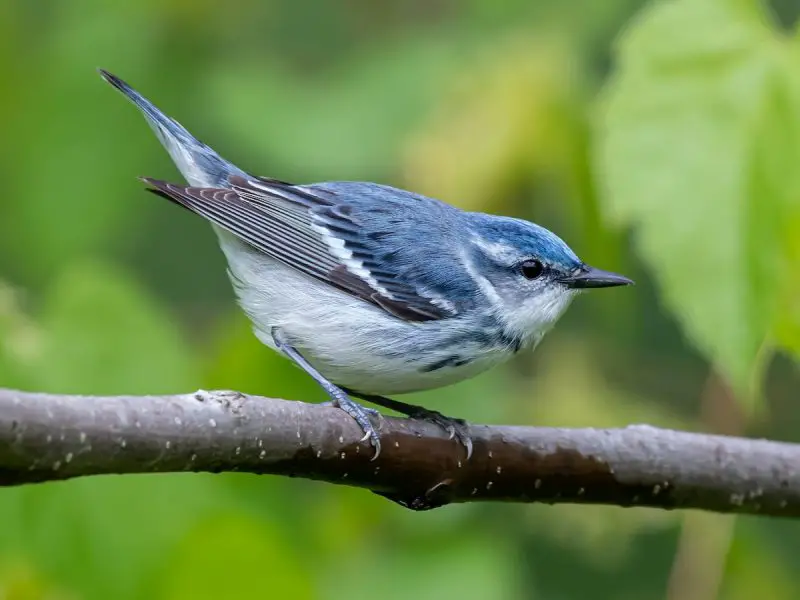
The Cerulean Warbler is a small songbird about 4.3 to 5 inches in length with a wingspan near 7 to 8 inches. Males display a beautiful sky-blue coloration on their back and crown with white underparts and bold black streaking along the sides. Females and immature birds are duller with greenish-blue upperparts.
In Connecticut, Cerulean Warblers are considered uncommon and mostly seen during migration or in select mature forest habitats during the breeding season. They prefer tall deciduous forests with large trees and open canopies. Due to habitat loss, their populations have declined, making sightings more rare.
Their song is a rapid series of buzzy, high-pitched notes often heard echoing through forest canopies. Cerulean Warblers feed mainly on caterpillars, beetles, and other insects, foraging actively among leaves and branches. Their elusive behavior and stunning coloration make them a prized sighting for birders in Connecticut.
Great Blue Heron (Ardea herodias)
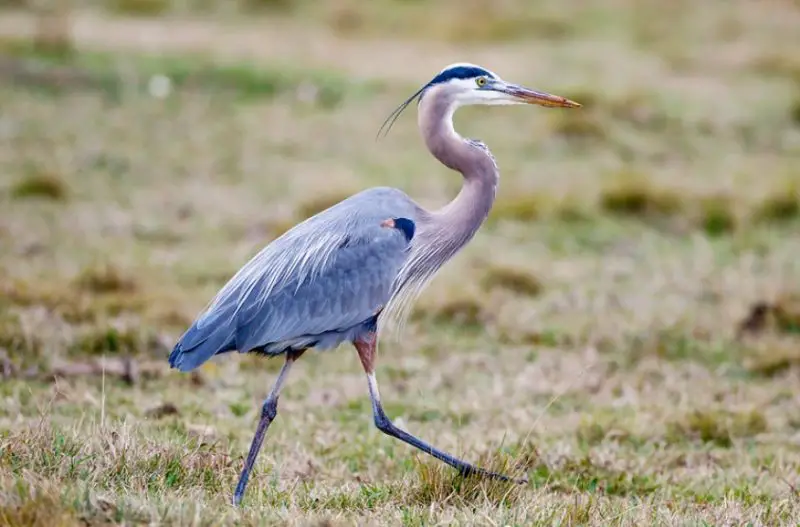
The Great Blue Heron is one of the largest wading birds in North America, standing about 3.2 to 4.5 feet tall with a wingspan reaching up to 6.6 feet. Its plumage is mainly blue-gray with a long neck and legs, and it has distinctive black plumes extending from above its eyes. This majestic bird is easily recognized by its slow, deliberate movements and graceful posture.
In Connecticut, Great Blue Herons are commonly found along freshwater and saltwater shorelines, including lakes, rivers, marshes, and coastal bays. They hunt by standing still or slowly stalking in shallow waters, using their sharp bill to spear fish, amphibians, and small aquatic animals. They nest in colonies called heronries, often high in tall trees near wetlands.
Their call is a deep, harsh croak, typically heard when the birds take flight. Great Blue Herons play an essential role in aquatic ecosystems by controlling fish and amphibian populations. Their impressive size and striking appearance make them a favorite subject for wildlife watchers in Connecticut.
Little Blue Heron (Egretta caerulea)
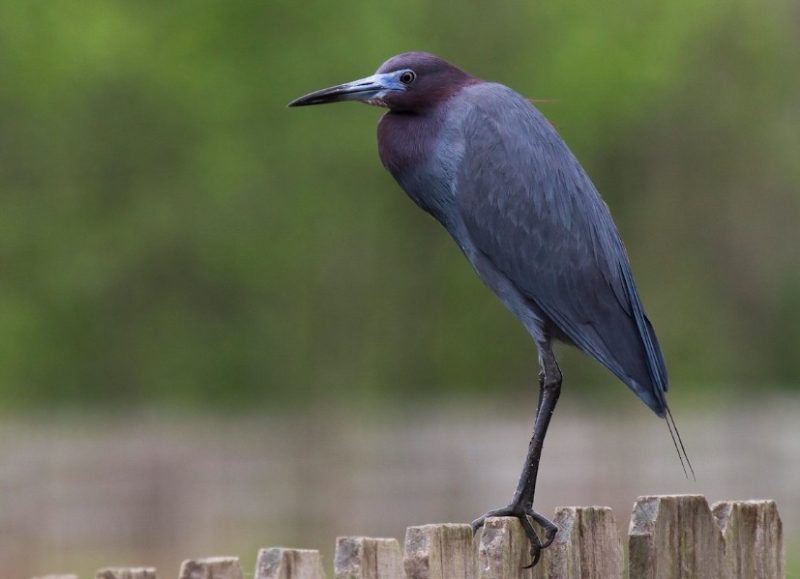
The Little Blue Heron is a medium-sized heron measuring about 24 to 27 inches in height with a wingspan of roughly 39 to 41 inches. Adults have slate-blue plumage with a purplish tint, slender neck, and a straight bill that is dark at the tip and lighter near the base. Juveniles start out white and gradually change to blue as they mature, which can sometimes cause confusion during identification.
In Connecticut, Little Blue Herons inhabit freshwater and brackish wetlands, including marshes, swamps, and estuaries, though they are less common than Great Blue Herons. They feed by wading slowly in shallow waters, hunting small fish, crustaceans, and insects. Nesting occurs in colonies often shared with other wading birds.
Their call is a soft, harsh croak or low growl, usually uttered during flight or social interactions. Little Blue Herons contribute to the balance of wetland food webs and are appreciated for their subtle beauty and quiet presence in Connecticut’s wetlands.
Blue-headed Vireo (Vireo solitarius)
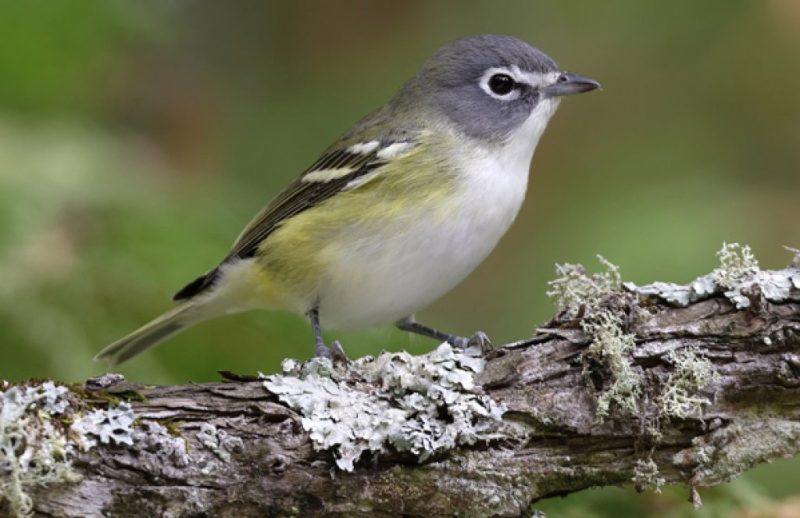
The Blue-headed Vireo is a small songbird about 4.7 to 5.5 inches long with a wingspan near 8 to 9 inches. It has a distinctive pale blue-gray head with white “spectacles” around its eyes and a white throat and underparts. Its back is olive-green, creating a subtle but striking contrast with its blue head. This species is more often heard than seen due to its shy nature.
In Connecticut, Blue-headed Vireos are typically found in mixed and coniferous forests, particularly during migration and breeding seasons. They build cup-shaped nests high in trees, often in dense foliage. Their behavior includes short flights between branches while actively searching for insects.
Their song is a clear, slow series of whistles and phrases, often described as cheerful and repetitive. They feed mainly on insects and spiders but will also consume berries, especially in the fall. Blue-headed Vireos add a gentle melody to Connecticut’s forest soundscape and are a delight to hear during spring and early summer.
FAQs about Blue Birds in Connecticut
What are the most common blue birds found in Connecticut?
The most common blue birds in Connecticut include the Eastern Bluebird, Blue Jay, Tree Swallow, Barn Swallow, and Indigo Bunting. These species are frequently seen across various habitats such as forests, open fields, and suburban areas throughout the state.
How can I identify an Eastern Bluebird?
Eastern Bluebirds are easily recognized by their bright blue upperparts and rusty-orange chest. Males have more vibrant coloring, while females have a duller blue-gray tone. They are small, plump thrushes often perched on fences or wires in open habitats.
When do Tree Swallows typically arrive in Connecticut?
Tree Swallows usually arrive in early spring and stay through the summer breeding season. They prefer open fields and wetlands and nest in cavities or nest boxes near water sources.
What do Blue Jays eat?
Blue Jays have an omnivorous diet that includes seeds, nuts, fruits, insects, and occasionally small vertebrates. They are also known to store acorns for later consumption.
Are Purple Martins dependent on birdhouses?
Yes, Purple Martins are almost entirely dependent on man-made birdhouses for nesting. Providing martin houses near open water or fields helps support their populations, especially in areas like Connecticut.
Where can I spot Great Blue Herons in Connecticut?
Great Blue Herons are commonly found along lakes, rivers, marshes, and coastal areas throughout Connecticut. They prefer shallow waters where they hunt for fish and amphibians.
How can I attract Indigo Buntings to my backyard?
Indigo Buntings are attracted to brushy edges, dense shrubs, and open woodlands. Planting native berry-producing shrubs and providing feeders with seeds can help attract them to your yard.
Do Blue-headed Vireos migrate through Connecticut?
Yes, Blue-headed Vireos migrate through Connecticut during spring and fall. They are typically found in mixed and coniferous forests and can be heard singing their distinctive whistles during the breeding season.
What is the difference between Great Blue Heron and Little Blue Heron?
The Great Blue Heron is much larger with blue-gray plumage and a slow, deliberate hunting style. The Little Blue Heron is smaller with slate-blue coloring and is less common in Connecticut. Juvenile Little Blue Herons are white, which can sometimes cause confusion.
Why are Cerulean Warblers considered rare in Connecticut?
Cerulean Warblers prefer mature deciduous forests with tall trees and open canopies, habitats that have been reduced due to deforestation. They are mostly seen during migration or in select breeding areas, making them less common than other warblers.

